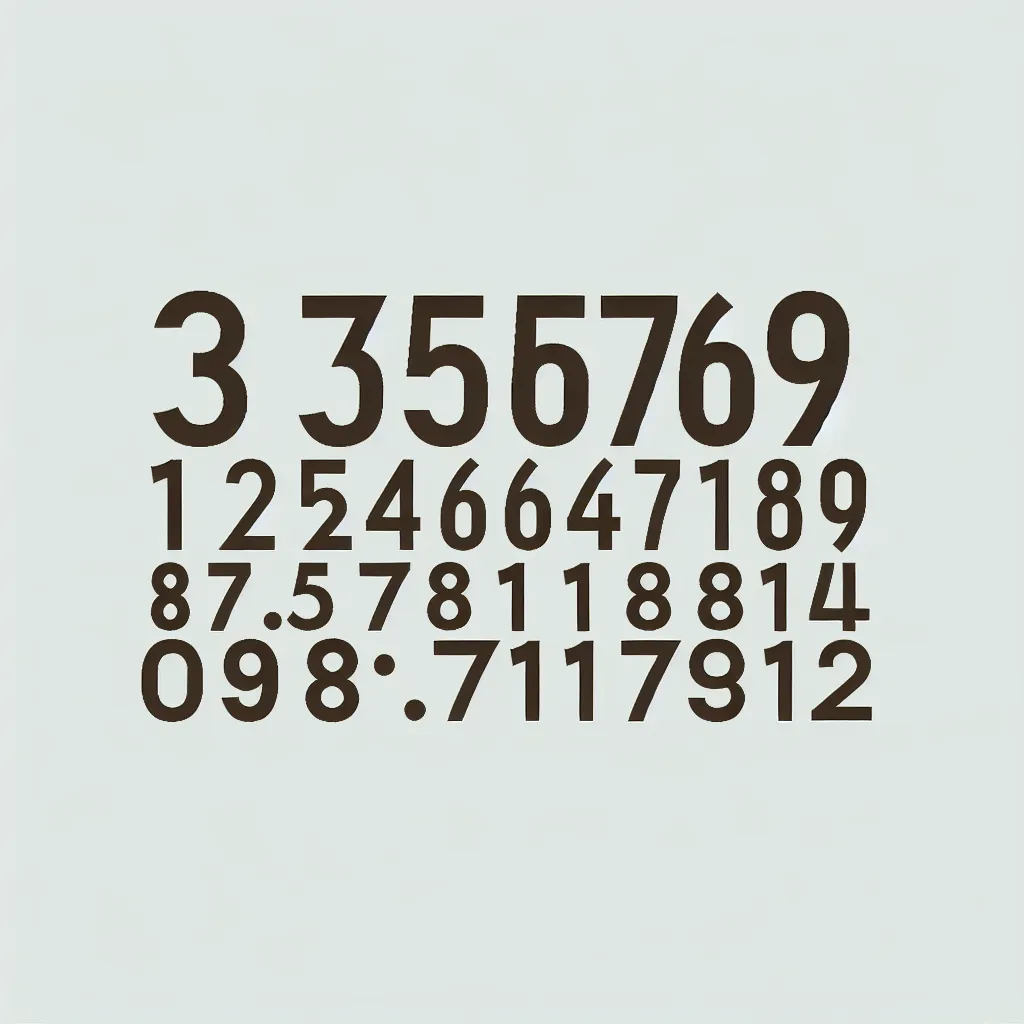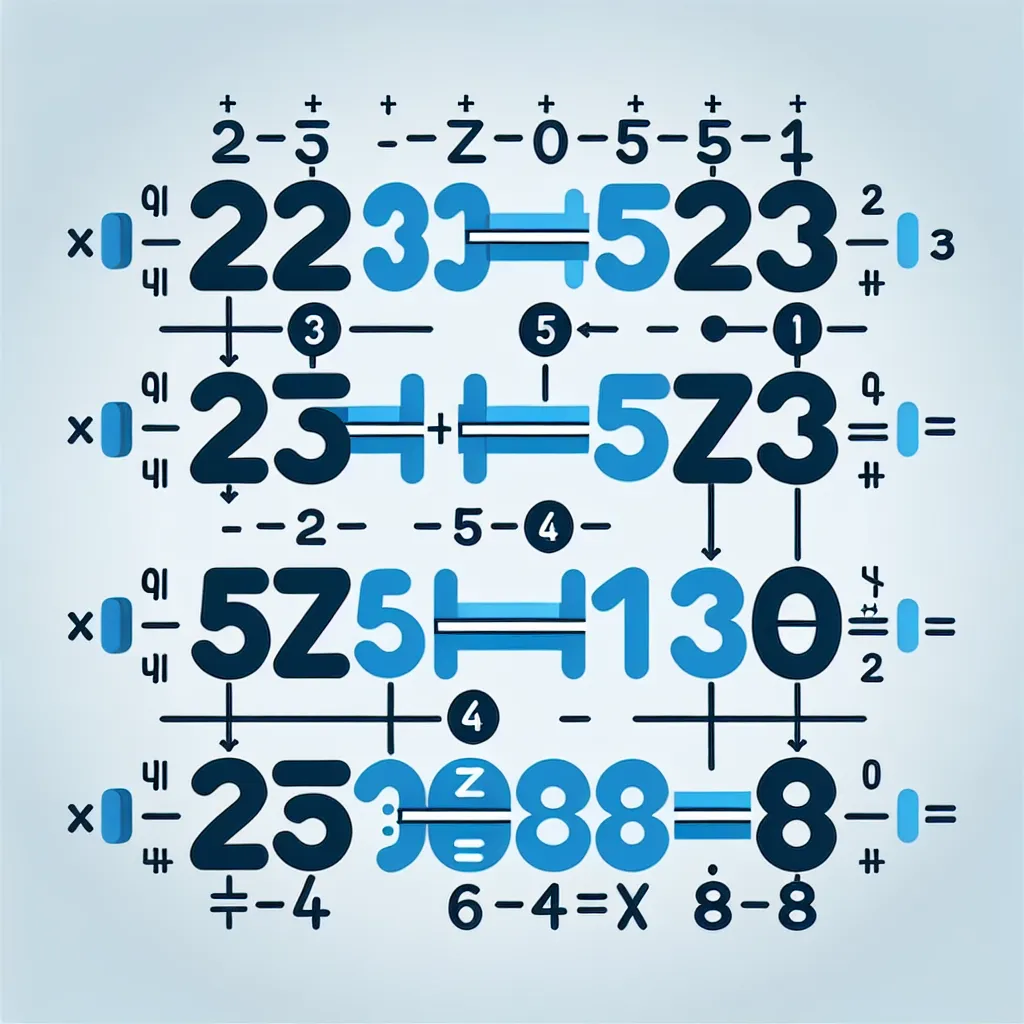Ask AI on The Internet
Question: In java Write a program that first gets a list of integers from input. The input begins with an integer indicating the number of integers that follow. Then, get the last value from the input, and output all integers less than or equal to that value. Assume that the list will always contain less than 20 integers. Ex: If the input is: 5 50 60 140 200 75 100 the output is: 50 60 75 The 5 indicates that there are five integers in the list, namely 50, 60, 140, 200, and 75. The 100 indicates that the program should output all integers less than or equal to 100, so the program outputs 50, 60, and 75. For coding simplicity, follow every output value by a space, including the last one. Such functionality is common on sites like Amazon, where a user can filter results. Write your code to define and use two methods: public static void getUserValues(int[] myArr, int arrSize, Scanner scnr) public static void outputIntsLessThanOrEqualToThreshold(int[] userValues, int userValsSize, int upperThreshold) Utilizing methods helps to make main() very clean and intuitive. Note: This is a lab from a previous chapter that now requires the use of methods.
To accomplish this task, you would start by importing the Scanner library. Then you would define the main method and within this, you would specify the size of the list, initialize the Scanner object, and the list arrays. Then you call the methods getUserValues and outputIntsLessThanOrEqualToThreshold. Next, you define the getUserValues method where you would get the user inputs and store it in the list. Followed by this, you define the outputIntsLessThanOrEqualToThreshold method, where you loop through the list and print out the elements less than or equal to the last value. Below is the code: ```java import java.util.Scanner; public class Main { public static void main(String[] args) { Scanner scnr = new Scanner(System.in); int numVals = scnr.nextInt(); int[] userList = new int[numVals]; getUserValues(userList, numVals, scnr); int upperthreshold = scnr.nextInt(); outputIntsLessThanOrEqualToThreshold(userList, numVals, upperthreshold); } public static void getUserValues(int[] myArr, int arrSize, Scanner scnr) { for (int i = 0; i < arrSize; i++) { myArr[i] = scnr.nextInt(); } } public static void outputIntsLessThanOrEqualToThreshold(int[] userValues, int userValsSize, int upperThreshold) { for(int i = 0; i < userValsSize; i++) { if(userValues[i] <= upperThreshold) { System.out.print(userValues[i] + " "); } } } } ``` This code first gets the size of the list and the list values from the user, then it gets the maximum threshold value. It then outputs all the values less than or equal to the threshold.
A new large language model has been made available since this question was asked.
To generate an updated answer from the new model, click the button below.
Think your answer is better than the AI's? Post it below.
Other Most Relevant Posts:
 Ask AI: Arrange these numbers in ascending order
2 30 15 32 7 19 22 11 43 35
29 16 20 27 35 26 29 35 17 24
Ask AI: Arrange these numbers in ascending order
2 30 15 32 7 19 22 11 43 35
29 16 20 27 35 26 29 35 17 24
Question Tags
If you want your question answered by an AI, click here.






Post your own comment: